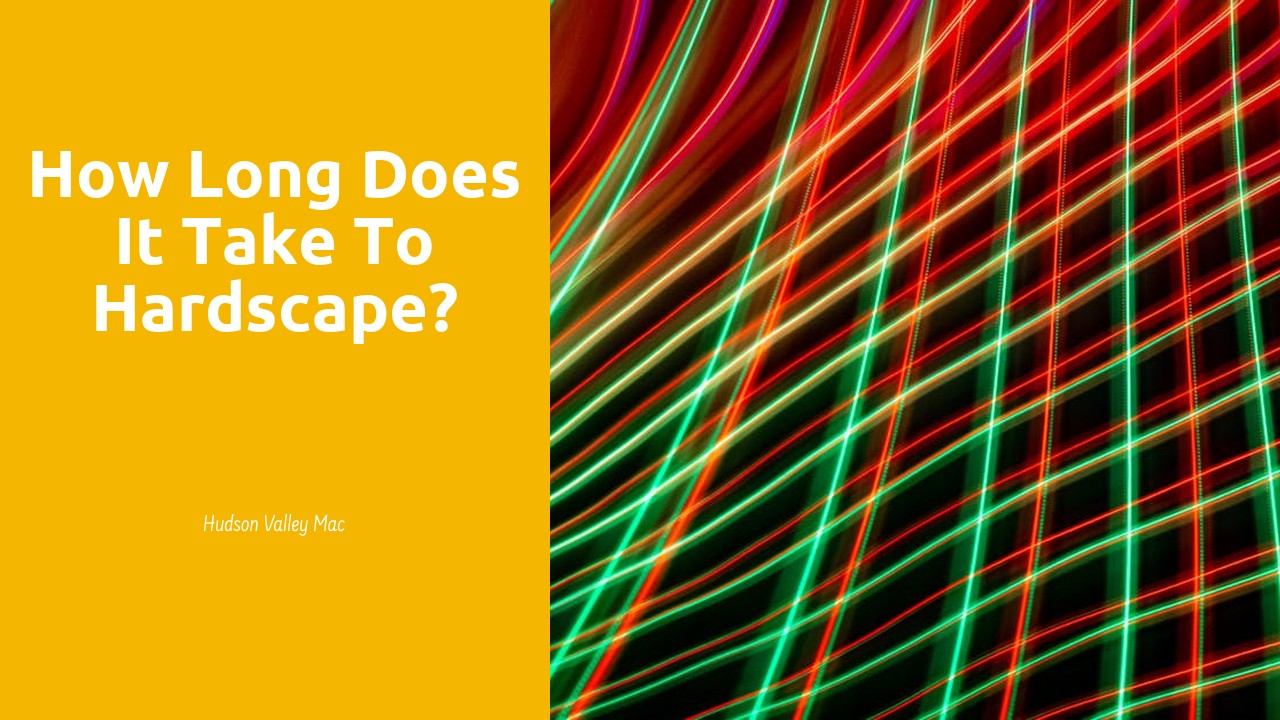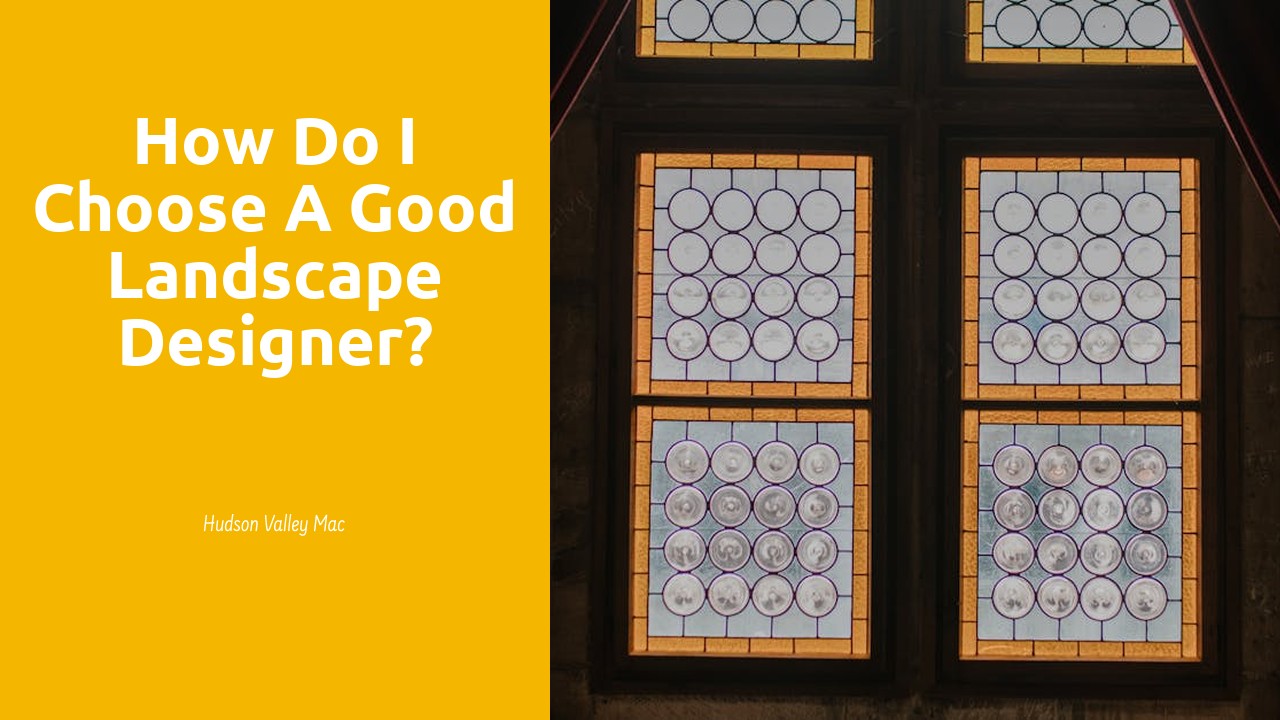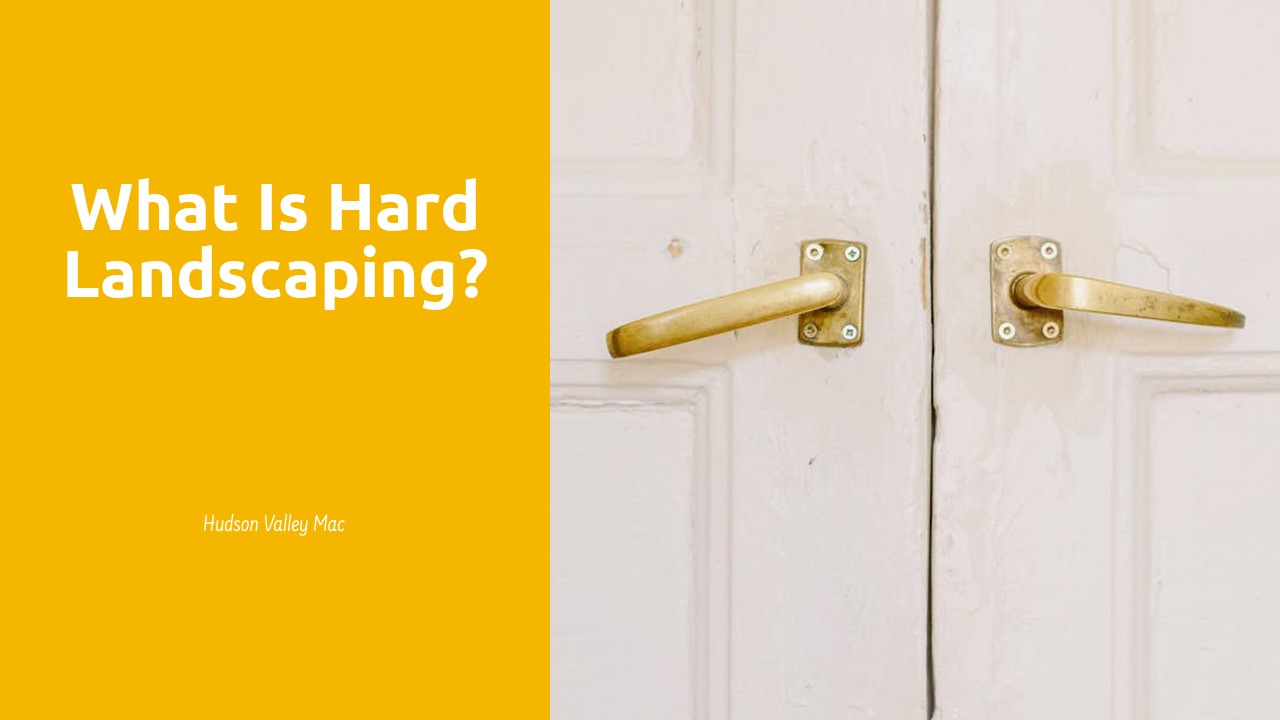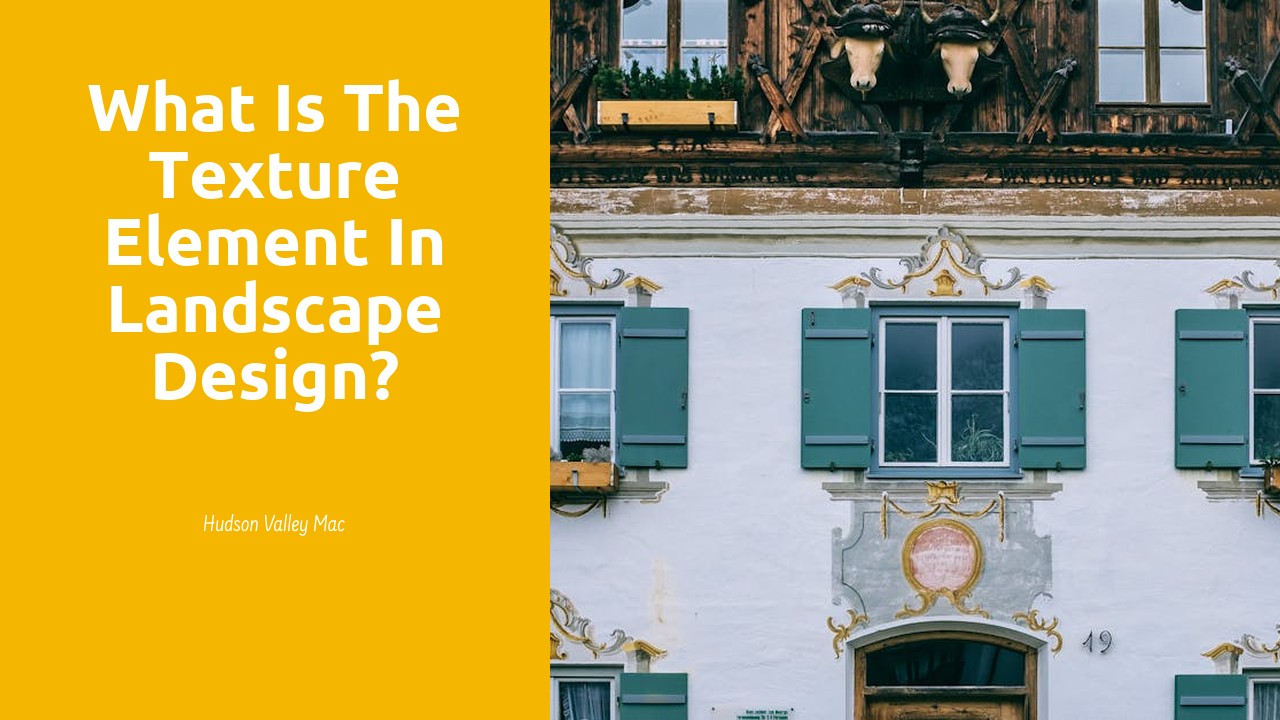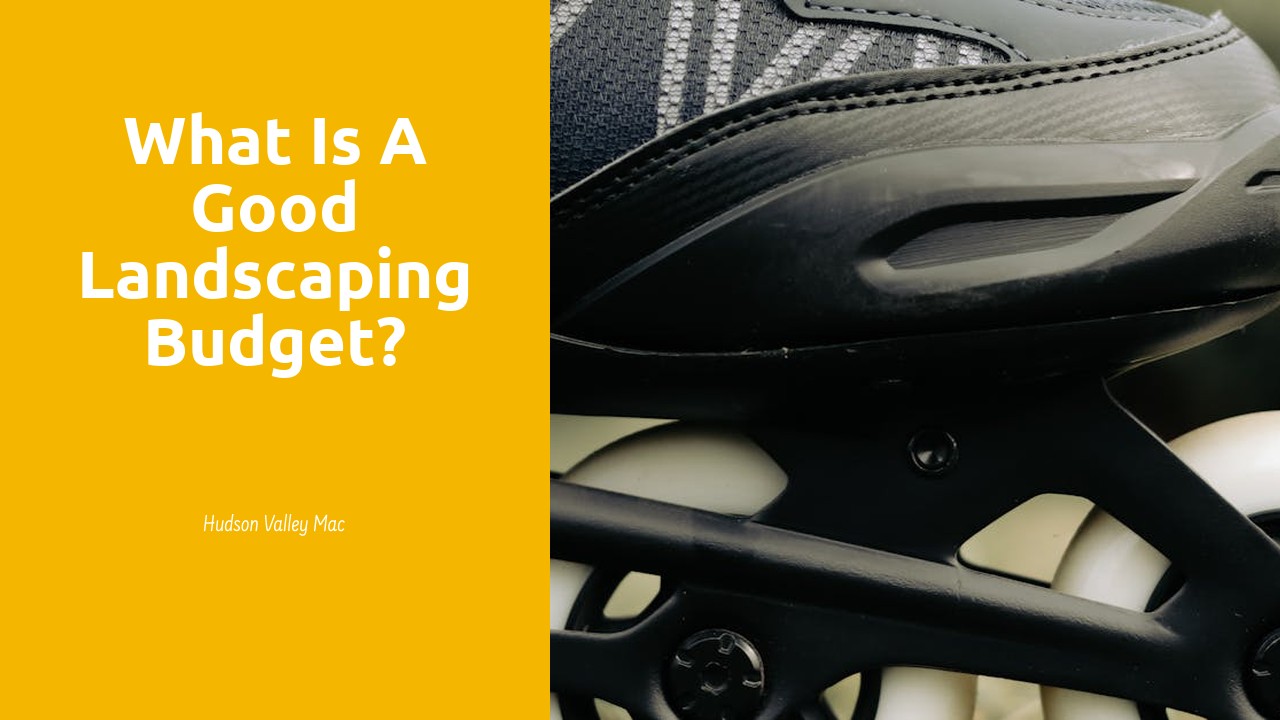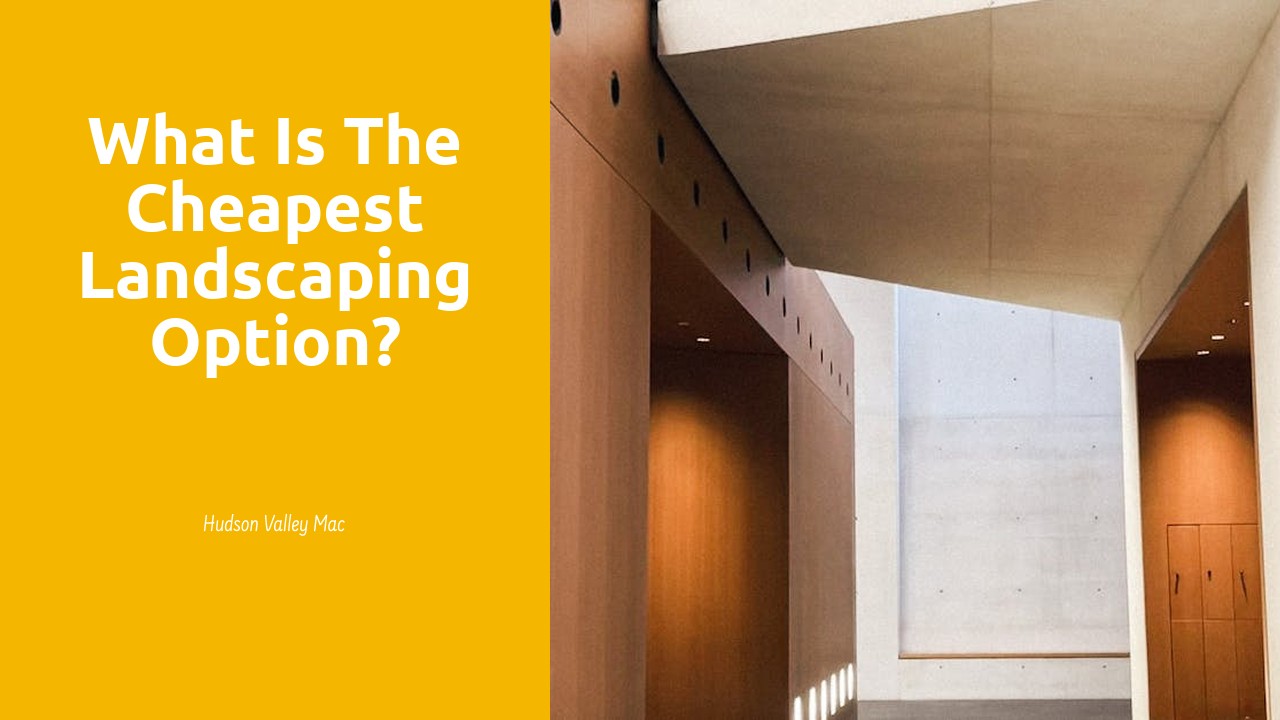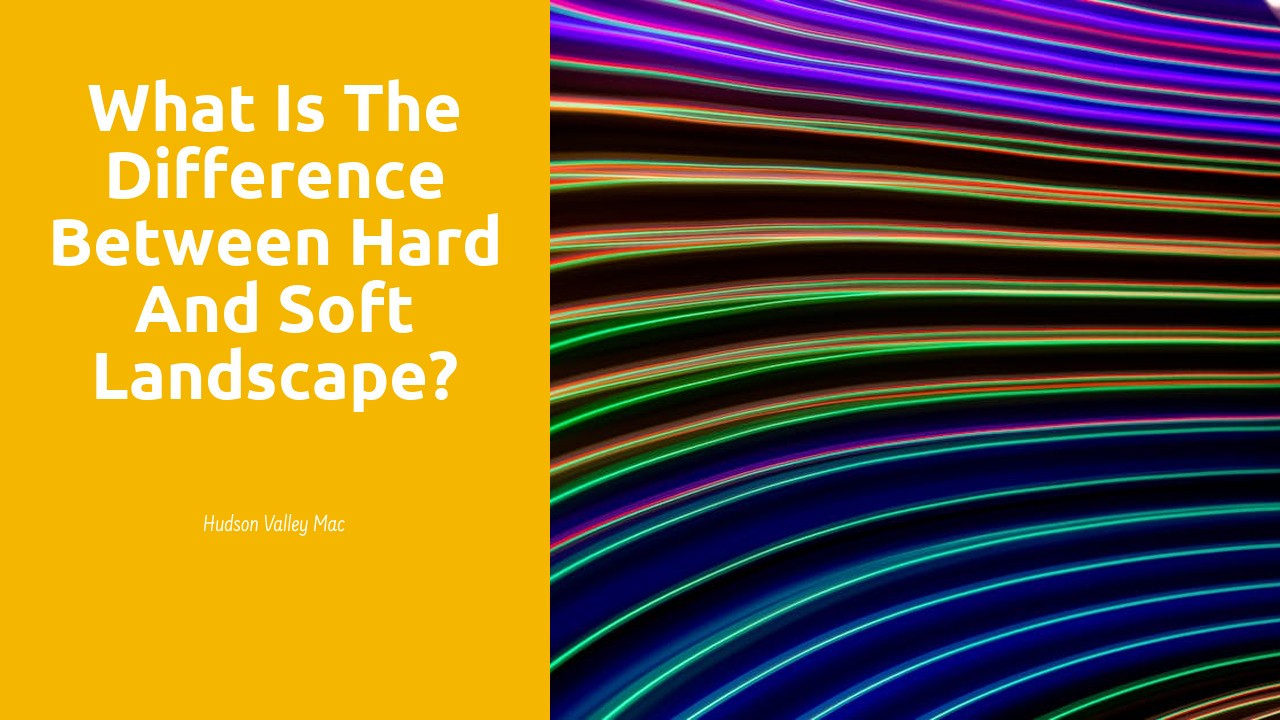
Table Of Contents
Maintenance requirements for hard and soft landscaping
Both hard and soft landscaping elements require regular maintenance to ensure their longevity and aesthetic appeal. Hard landscaping features such as pathways, patios, and walls designed by Hardscape Design Brant typically require less frequent maintenance compared to their soft counterparts. However, periodic sweeping, weeding, and pressure washing are necessary to keep hard elements free of debris and looking pristine throughout the year.
Soft landscaping elements like plants, grass, and flower beds demand more frequent attention to thrive. Regular tasks such as watering, pruning, fertilizing, and mulching are essential to keep soft elements healthy and vibrant. Seasonal care tips for soft landscaping elements should be followed diligently to preserve their beauty and ensure a flourishing outdoor space designed by Hardscape Design Brant.
Seasonal care tips for soft landscaping elements
Soft landscaping elements require special care throughout the seasons to ensure their health and vitality. In the spring, focus on pruning shrubs and trees, clearing debris, and fertilizing plants to promote growth. Regular watering is essential, especially during dry spells, to maintain the moisture levels in the soil. Summer months call for regular weeding to prevent competition for nutrients, as well as mulching to retain soil moisture and suppress weed growth. Keep an eye out for pests and diseases, and address any issues promptly to prevent them from spreading.
As fall approaches, it is crucial to clean up fallen leaves, prune back overgrown plants, and protect delicate plants from frost. Consider planting bulbs for spring blooms and refreshing mulch in preparation for the winter months. During winter, focus on protecting vulnerable plants from cold temperatures, heavy snow, and ice. Provide insulation for plants and consider using frost cloths or covers for added protection. Planning and consistent care throughout the seasons are key to maintaining a thriving soft landscape in your outdoor space. Incorporating sustainable practices in your landscaping efforts can also benefit the environment and contribute to the overall health of your outdoor space in the long term. Consider working with professionals like Hardscape Design Brant to create a beautiful, sustainable, and well-maintained soft landscaping design.
Environmental impact of hard vs. soft landscaping
When considering the environmental impact of landscaping, both hard and soft elements play a crucial role. Hard landscaping, characterized by materials like concrete, stone, and metal, often requires significant extraction of natural resources and energy-intensive production processes. The construction of structures such as patios, driveways, and retaining walls results in increased carbon emissions and disruption of natural habitats. In contrast, soft landscaping focuses on vegetation like trees, shrubs, and grass, which can help mitigate carbon emissions through carbon sequestration and reduce heat island effects in urban areas. By incorporating more soft landscaping elements in outdoor spaces, we can enhance biodiversity and promote ecological balance.
The incorporation of sustainable practices in soft landscaping can further amplify its positive environmental impact. By utilizing native plants, implementing efficient irrigation systems, and adopting organic gardening methods, landscaping projects can contribute to water conservation, reduce pesticide usage, and support local wildlife populations. Hardscape Design Halton Region emphasizes the importance of balancing hard and soft landscaping to create harmonious outdoor spaces that prioritize environmental sustainability. By valuing the natural environment and adopting eco-friendly practices, landscaping projects can not only enhance the beauty of outdoor spaces but also contribute to a healthier planet for future generations.
Benefits of incorporating sustainable practices in soft landscaping
Sustainable practices in soft landscaping offer a myriad of benefits for both the environment and property owners. By incorporating eco-friendly techniques such as xeriscaping and composting, individuals can reduce water consumption, minimize waste, and support local biodiversity. These practices not only promote environmental conservation but also contribute to the creation of aesthetically pleasing and functional outdoor spaces that enhance the overall quality of life for residents. Hardscape Design Brant recognizes the importance of incorporating sustainable elements into soft landscaping projects to achieve long-term viability and reduce the ecological footprint of outdoor spaces.
Furthermore, sustainable practices in soft landscaping have the potential to improve air and soil quality, mitigate urban heat island effects, and enhance the overall resilience of landscapes against climate change impacts. By selecting native plant species, implementing rainwater harvesting systems, and using organic mulches, property owners can create low-maintenance and environmentally friendly outdoor environments that thrive in diverse climatic conditions. Hardscape Design Brant emphasizes the value of sustainable design in soft landscaping to create visually appealing and ecologically responsible outdoor spaces that prioritize the well-being of both people and the planet.
Cost comparison between hard and soft landscaping
When undertaking landscaping projects, one important consideration is the cost comparison between hard and soft landscaping elements. Soft landscaping typically involves the use of plants, soil, and natural components which can be relatively less expensive compared to hard landscaping. Soft landscaping projects often require ongoing care and maintenance, which can incur additional costs over time. Conversely, hard landscaping involves the use of durable materials such as stone, concrete, and wood, which may have higher upfront costs but lower maintenance expenses in the long run. When deciding between the two, it is essential to consider the budget constraints and long-term expenditure associated with each option.
For individuals looking to balance cost-efficiency and aesthetics in their landscaping projects, incorporating elements of both hard and soft landscaping can be a strategic choice. By combining hardscape features such as stone pathways or retaining walls with soft landscaping elements like flower beds or shrubs, homeowners can achieve a harmonious and balanced outdoor space. When planning a landscaping project, consulting with professionals such as Hardscape Design Brant can help determine the most cost-effective solutions without compromising on the overall design and functionality of the outdoor space.
Factors influencing the budget for soft landscaping projects
Factors influencing the budget for soft landscaping projects can vary significantly depending on various elements. The choice of plant material, such as the species and size of trees, shrubs, and flowers selected, can greatly impact the overall cost. Additionally, the use of mulch, soil, irrigation systems, and other necessary materials will also contribute to the budget. Factors like the complexity of the design, the scale of the project, and the expertise required from professionals can further influence the total expenses incurred. Considering these aspects is crucial when determining the budget for soft landscaping projects, ensuring that all components are accounted for when estimating costs.
When planning a soft landscaping project, it's essential to recognize the significance of professional services in achieving the desired outcome. Hiring skilled landscapers and designers can add to the budget; however, their expertise is invaluable in creating a visually appealing and functional outdoor space. The geographic location and climate of the project site can also affect the expenses related to plant selection and maintenance requirements. Collaborating with experts who understand the local environment and can tailor the soft landscaping design accordingly is key to creating a sustainable and aesthetically pleasing outdoor space. Partnering with reputable professionals like Hardscape Design Brant can help ensure that the budget is allocated efficiently for a successful soft landscaping project.
FAQS
What is hard landscaping?
Hard landscaping refers to the non-living elements in a landscape design, such as paths, walls, patios, and structures made from materials like concrete, wood, metal, or stone.
What is soft landscaping?
Soft landscaping involves the living elements in a landscape design, including plants, trees, shrubs, and grass. It focuses on natural features that add beauty and character to outdoor spaces.
What are some examples of hard landscaping features?
Examples of hard landscaping features include driveways, fences, decks, pergolas, and retaining walls. These elements provide structure and functionality to outdoor environments.
What are some examples of soft landscaping elements?
Soft landscaping elements include flower beds, lawns, gardens, hedges, and trees. These living components add colour, texture, and vitality to outdoor spaces.
How do hard and soft landscaping differ in terms of maintenance requirements?
Hard landscaping generally requires minimal maintenance, such as occasional cleaning or repairs. Soft landscaping, on the other hand, may need regular watering, pruning, weeding, and fertilizing to thrive and look their best.

